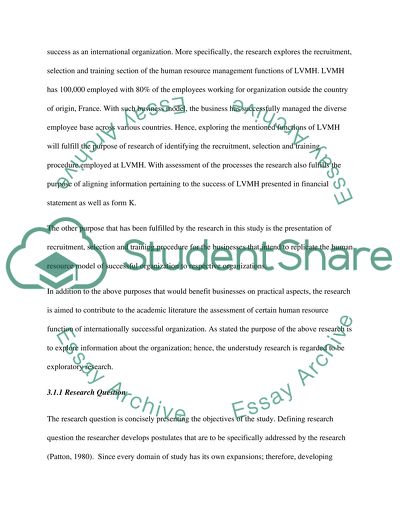Cite this document
(The Recruitment, Selection and Training Methods of LVMH Research Paper - 1, n.d.)
The Recruitment, Selection and Training Methods of LVMH Research Paper - 1. Retrieved from https://studentshare.org/human-resources/1469054-the-recruitment-selection-and-training-methods-of
The Recruitment, Selection and Training Methods of LVMH Research Paper - 1. Retrieved from https://studentshare.org/human-resources/1469054-the-recruitment-selection-and-training-methods-of
(The Recruitment, Selection and Training Methods of LVMH Research Paper - 1)
The Recruitment, Selection and Training Methods of LVMH Research Paper - 1. https://studentshare.org/human-resources/1469054-the-recruitment-selection-and-training-methods-of.
The Recruitment, Selection and Training Methods of LVMH Research Paper - 1. https://studentshare.org/human-resources/1469054-the-recruitment-selection-and-training-methods-of.
“The Recruitment, Selection and Training Methods of LVMH Research Paper - 1”, n.d. https://studentshare.org/human-resources/1469054-the-recruitment-selection-and-training-methods-of.


